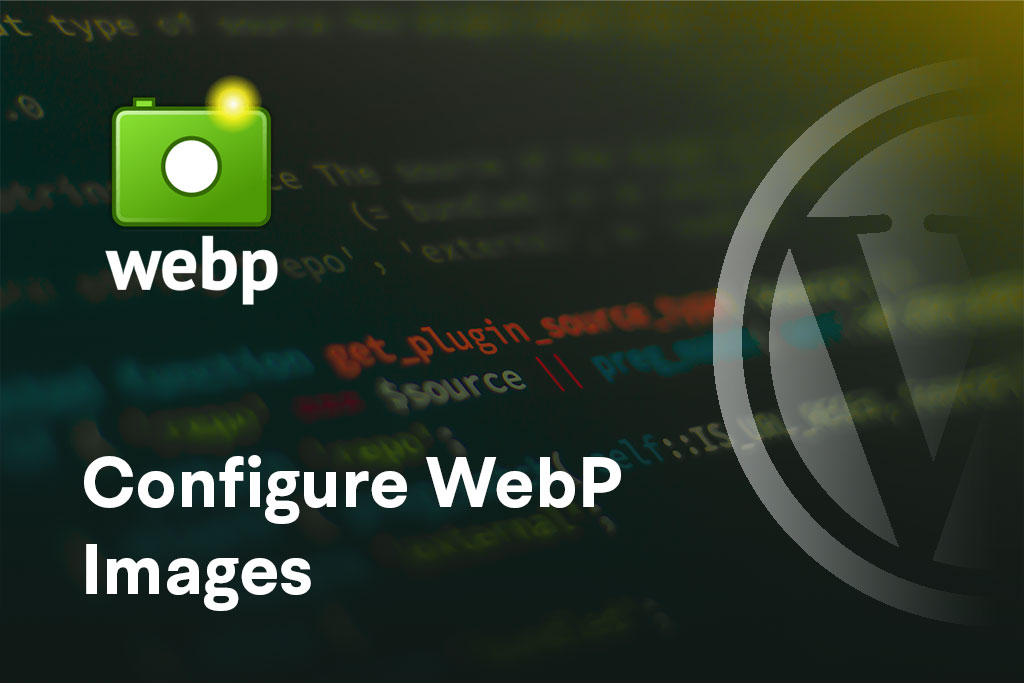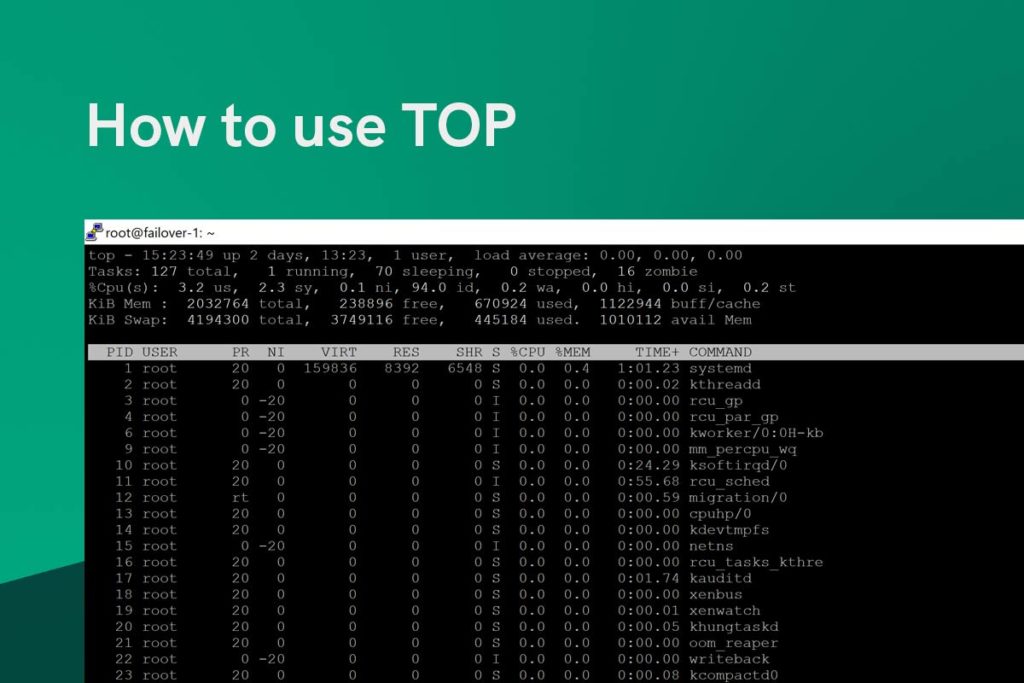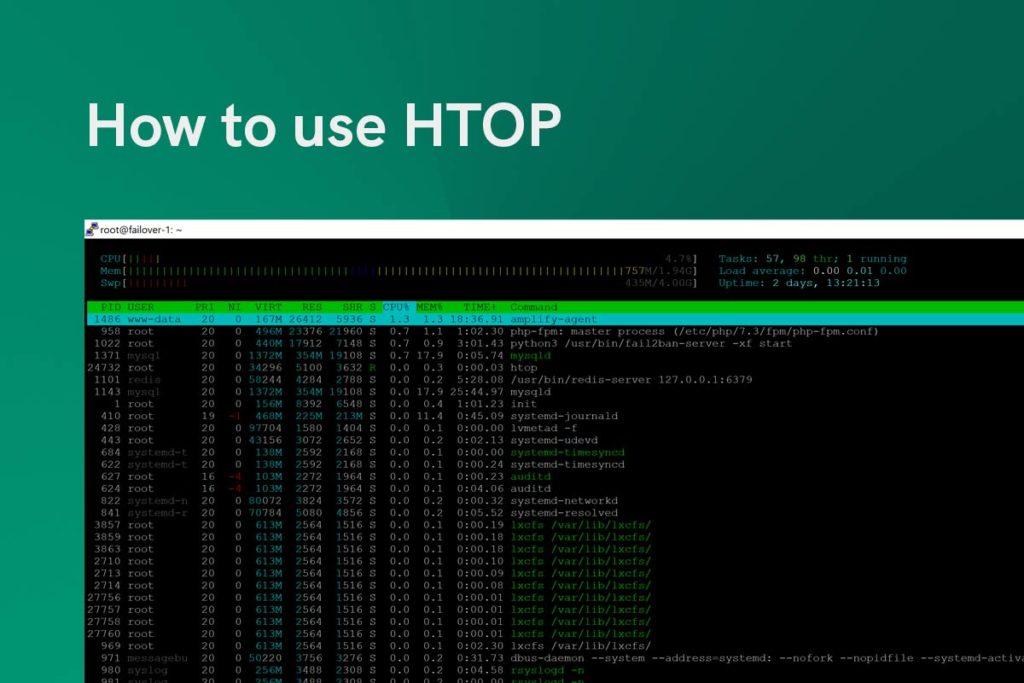Introduction
Learning the basics of the Linux Command Line is far easier than most people realise, and a little knowledge will go a long way when it comes to making the most out of GridPane. Below is a step by step list of articles that will help you go from zero to comfortable in minimal time. It’s not in-depth training, but it will provide you with the knowledge and confidence to follow along with any articles within our knowledge base.
Part 1. The Basics
The following two articles will provide you the basics for working on the command. You’ll learn some fundamental commands, see how it all looks when you use them, and get some essential familiarity with navigating around your servers.
Before you begin, you may want to create a server that’s purely for testing (start with Nginx). That way you can run any commands you wish to try and know that whatever you do you can’t cause any damage to your production sites and servers.

1. Getting Started on the Command Line

2. Useful Commands for Managing GridPane Servers
Part 2. Practical Exercises
The following articles will give you some practical experience. Create a test website to follow along.
Exercise 1: For the first exercise you’ll follow along with the knowledge base article to set up WebP images to work with the Shortpixel plugin.

1. How to Setup ShortPixel to Serve WebP Images on Nginx
Exercise 2: For the second exercise, first install the Redirection plugin and setup some redirects on your test site. Next, follow along with the knowledge base article to export these redirects and set them up as server level redirects.

2. How to export redirects from the Redirection Plugin and set them via Nginx
Exercise 3: For the third exercise, look up some WP-CLI commands (for example, create some new users, install some plugins, check database integrity, and so on) and then run them on your test website.

3. Running WP-CLI Commands on GridPane Servers
Bonus: top and htop
The above articles cover all the basics, and hopefully at this point you feel comfortable following along with our knowledge base articles. For 99% of use cases, you only need to know these basic fundamentals.
As additional bonus, we also highly recommend getting familiar with the top and htop utilities. They are extremely useful for diagnosing issues in real time, and are important tool sfor everyone who works on the command line.

1. How to use the top command to monitor system processes

